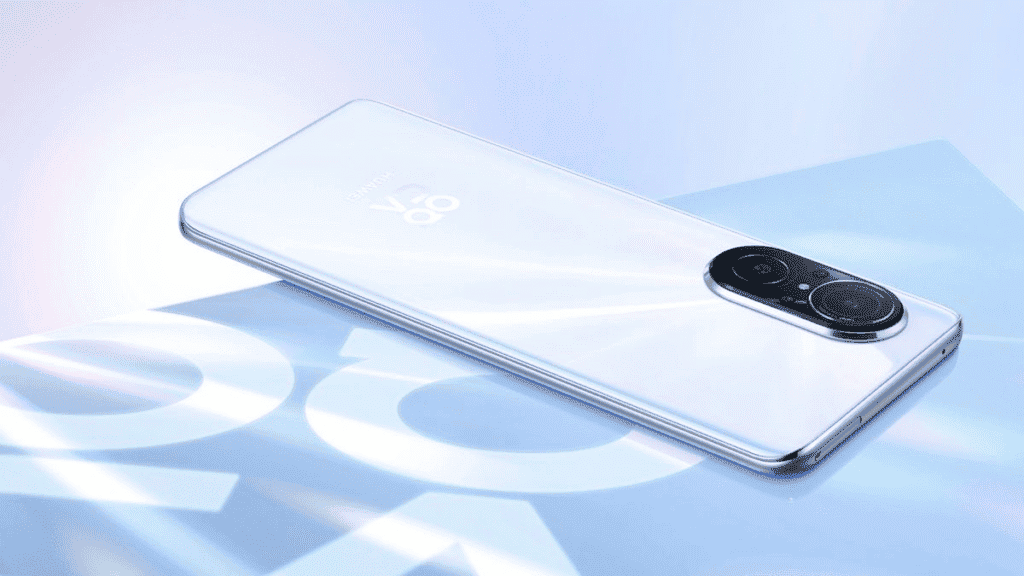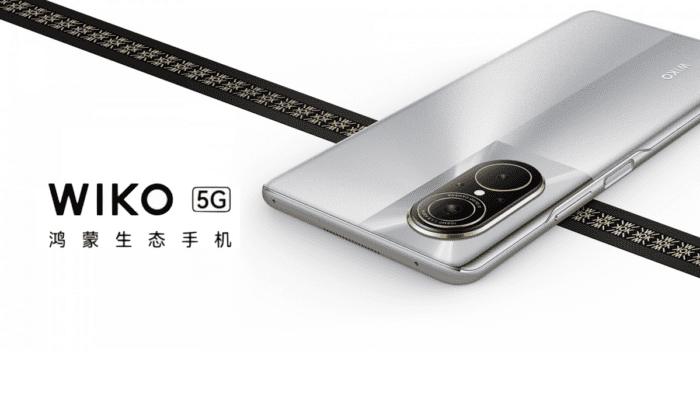Huawei is still having issues in the smartphone business due to multiple constraints and sanctions. As per recent reports, the company gave up the European market and will stay limited in China. Despite the issues, the company still tries to find its way into the business. It is developing new hardware, finding a way to use 5G, and also developing HarmonyOS as a viable solution over Android and iOS. Apparently, the company’s efforts are attractive to some brands. Remember the French brand Wiko? It’s borrowing a particular Huawei phone to launch it as Wiko 5G.
This is not Huawei’s new way to escape China. In fact, it is Wiko that is entering the Chinese market with Wiko 5G. The company will launch the new phone as its first device in China on December 27. The device will be a rebadged Huawei Nova 9 SE 5G running Huawei’s HarmonyOS.

Apparently, Huawei is borrowing some units of the Huawei Nova 9 SE 5G from Wiko. The French brand will enter the Chinese market with style. The first poster for the phone confirms the 108 MP main camera. The device has the very same design as the Nova 9 series and has 66W fast charging and 256 GB of Internal Storage. For now, the other specs are still a mystery. But honestly, if we know what the Nova 9 SE has in inside, we know everything about the Wiko 5G.
Wiko 5G specifications
Considering the specs of the Huawei phone, the Wiko 5G has a 6.78-inch IPS LCD screen with a 120 Hz refresh rate. Under the hood, the phone packs the Qualcomm Snapdragon 695 5G with up to 8 GB of RAM and up to 256 GB of Internal Storage.
In terms of optics, the phone has a Quad-Camera setup. It has a 108 MP main camera, an 8 MP ultrawide, 2 MP macro, and a 2 MP depth sensor. The selfie snapper of the phone has a 16 MP resolution. In terms of connectivity, the phone has Wi-Fi 5, Bluetooth 5.0, and USB Type-C.
The phone draws power from a 4,000 mAh battery with 66W fast charging. The device will arrive in Midnight Black, Pearl White, and Crystal Blue. In terms of software, the phone runs HarmonyOS.





